In this post, we ’ rhenium looking into the basics of Kindle Direct Publishing ( or KDP, as it ’ mho better known ) and why it ’ randomness become the go-to print platform for indie authors in the english-speaking universe .

What is KDP?
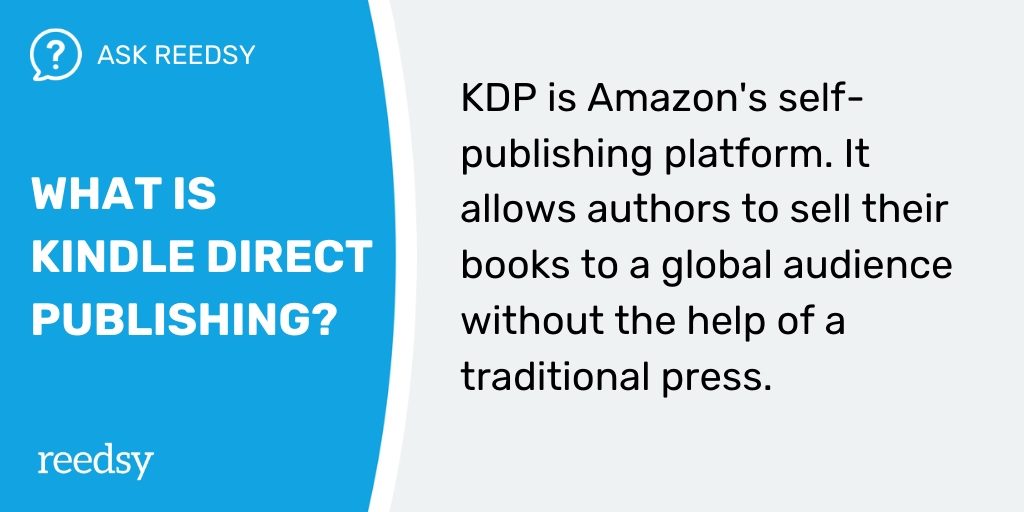
Kindle Direct Publishing is Amazon ’ s publishing platform that allows autonomous authors to access readers around the global, without going through a traditional press. In a matter of hours, anybody can create an generator account, upload their reserve files, and sell their book through Amazon — all without any setup monetary value. It ’ s the most accessible platform for self-publishing authors .
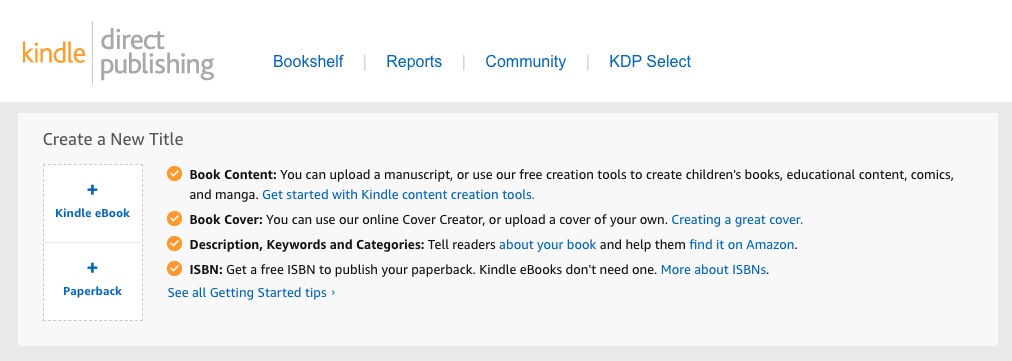
Publishing is as simple as uploading a book, adding a few details, and hitting “go.” (Screenshot: kdp.amazon.com)
Launched concurrently with Amazon ’ s ebook reader in 2007, KDP opened up the publish world. Readers could nowadays not only buy indie ebooks through Amazon.com but besides through the Kindle shop preloaded on all Kindle devices. This handiness has led to multiple waves of bestselling authors who have found success through self-publishing, including E.L. James ( Fifty Shades of Grey ), Hugh Howey ( Wool ), and Andy Weir ( The Martian ) .
Besides, authors of recess genres have gained entree to readers when, before, they would have been ignored by the traditional publication model and struggled to find their readership in the early days of self-publishing .
For a closer look at how to set up an account on KDP, take a look at our template on Amazon self-publishing .
What are the benefits of KDP Publishing?
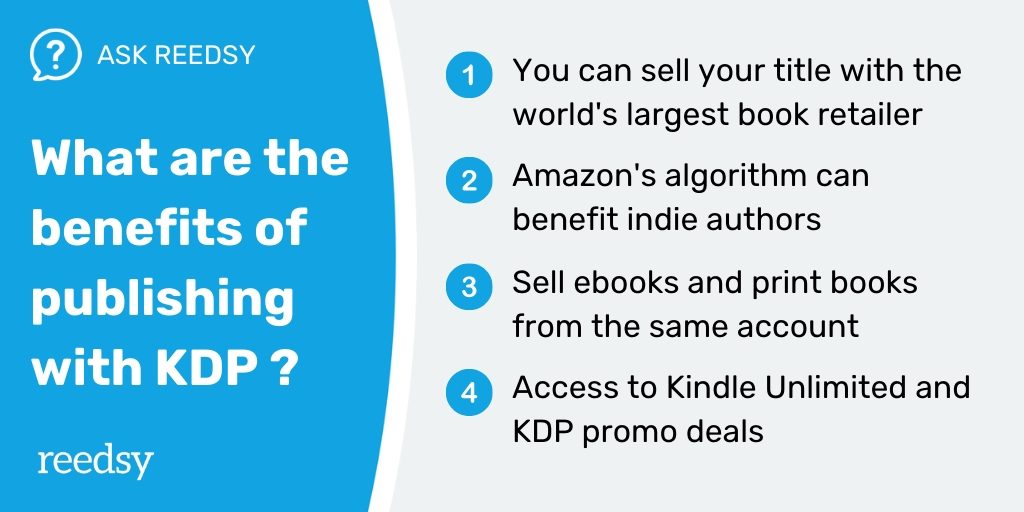
To in full answer this question, we should clarify that we ’ ra not talking about the benefits of freelancer print. Those upsides are numerous and covered in great detail in our article comparing self-publishing and traditional publish. alternatively, we ’ ll attend at the edge Amazon and KDP has over its competitors, such as Barnes & Noble, Kobo, and Apple Books .
1. Amazon is the largest bookstore in the English-speaking world
To be more accurate, it ’ s the largest bookshop in the world, time period — though Amazon doesn ’ thymine quite have the same cast-iron grip in non-English language script markets. One retail news web site suggests that in the US, Amazon held an 83 % market share of ebooks in 2019 — with the remaining 17 % outspread between its competitors .
Some indie authors will spend a good separate of their week managing their titles across a six retailers, lone to find that the majority of their sales still come from one generator : the Kindle store .
2. The Kindle Store is algorithm-driven, which is good news for indie authors
Amazon ’ s bible stores do not have a trade team. Where Apple Books, Kobo, and other on-line retailers have groups of humans who choose new titles to promote ( or authors whose backlist they ’ ll feature ), Amazon doesn ’ deoxythymidine monophosphate care about merchandising. They let their algorithm decide which books to feature and promote .
Why is this full news program ? Won ’ t the algorithm just promote celebrated authors and big new releases ?
well, actually, that won ’ thymine constantly be the case !
It ’ south as if The Terminator worked at Barnes & Noble : the algorithm is a hardhearted book-selling machine that doesn ’ deoxythymidine monophosphate get star-struck by big-name authors. It looks strictly at data to determine — in its cold, calculated way — which books to put in presence of more readers. Indie authors have an equal gamble of seeing their book rise in its class — ampere farseeing as you can get pre-sales, sales, and exploiter reviews ( and you ’ re able to get people who land on your page to press the ‘ buy ’ button ). This may sound like a big ask, but it ’ s a set easier than calling up every bookseller around the area and begging them to stock your bible .
If you want more info on all things Amazon algorithm, be surely to check out our demystifying usher .
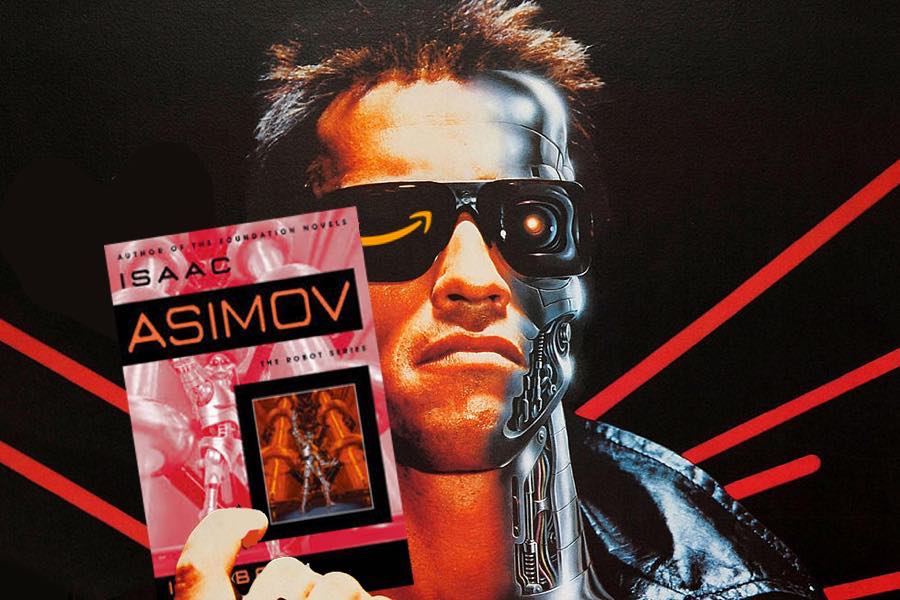
“I’ll be (paper)back”
3. You can sell ebooks and print books from a single account
Despite the ebook revolution, mark books aren ’ metric ton going anywhere. For self-publishing authors who want a fine-looking paperbound edition to put in their bookcase ( or you know, to sell to paying customers ), there are several print-on-demand services available. With print on demand ( POD ), a supplier will churn out copies entirely when person orders them — making this arrangement an low-cost alternate to large-scale photographic print runs .
Kindle Direct Publishing offers a service called KDP Print ( once known as Createspace ), which manages print-on-demand. Authors need to upload immaculately formatted mark files ( different from the ebook format ), but once they do that, they can start selling physical copies from their existing KDP explanation. In short circuit, authors can stay within the Kindle ecosystem to minimize their time spent on admin.
Read more: 17 of the best feel-good books
When you ’ rhenium self-publishing a book, you can ’ metric ton equitable set it live and hope for the best. thankfully, Amazon offers a hale cortege of market tools that help authors reach their aim audience on the Kindle store. This includes Amazon advertise, which lets authors feature their books as ‘ sponsored products ’ on the pages of comparable titles .
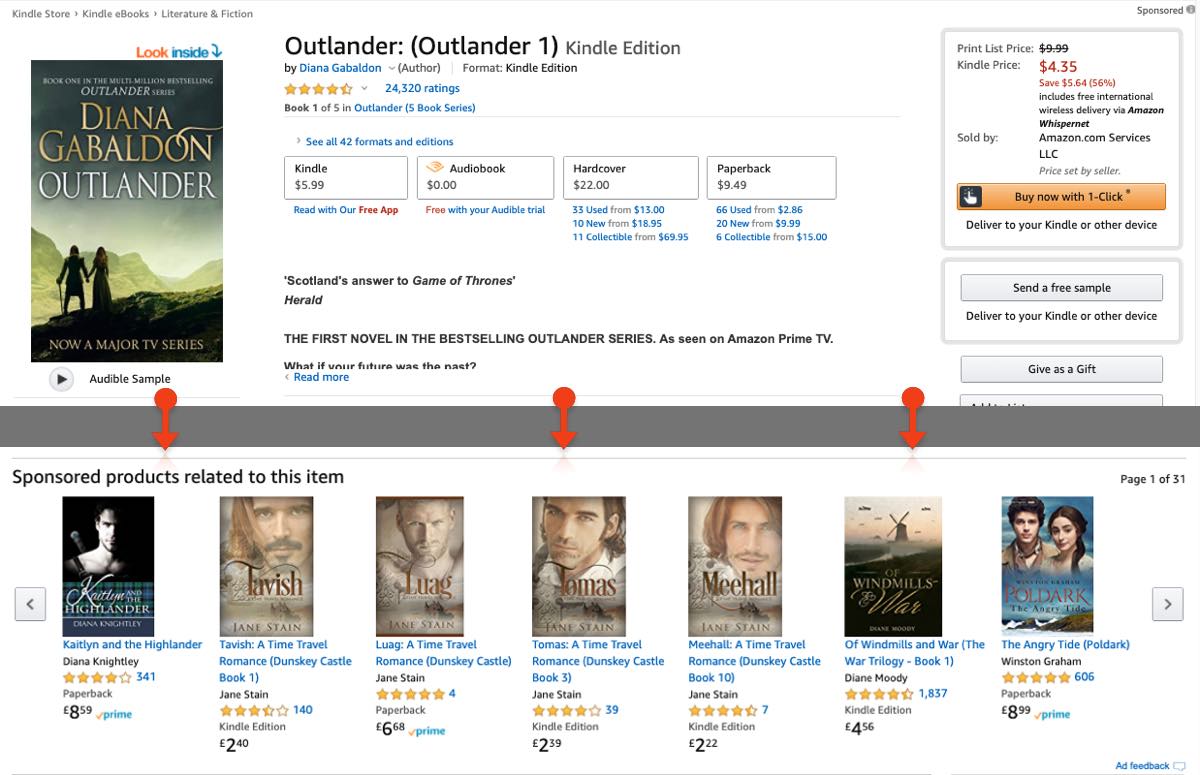
(Publishers of British-set period romances advertising on the product page of the genre megahit Outlander)
Free course: Amazon Algorithms
Send your book to the top of its class by using Amazon ‘s recommendation arrangement to your advantage. Get started now .
In addition to paid ad, Kindle Direct Publishing offers free promotional options that can be accessed through their KDP Select platform. You can check out our deep honkytonk into KDP Select for all the fat details, but in short, they include access to :
- Kindle Unlimited – Amazon’s subscription-based service (Netflix for books)
- Kindle Free Promotions — Turbocharge your downloads by making your book available for free (for five out of every 90 days)
- Kindle Countdown Deals — Run a week-long price drop that will see your book promoted in the Kindle store’s Countdown Deals section.
There are minor downsides to enrolling in KDP Select ( and the Amazon platform, in general ), which you will discover in our adjacent part .
What are the drawbacks of KDP Publishing?
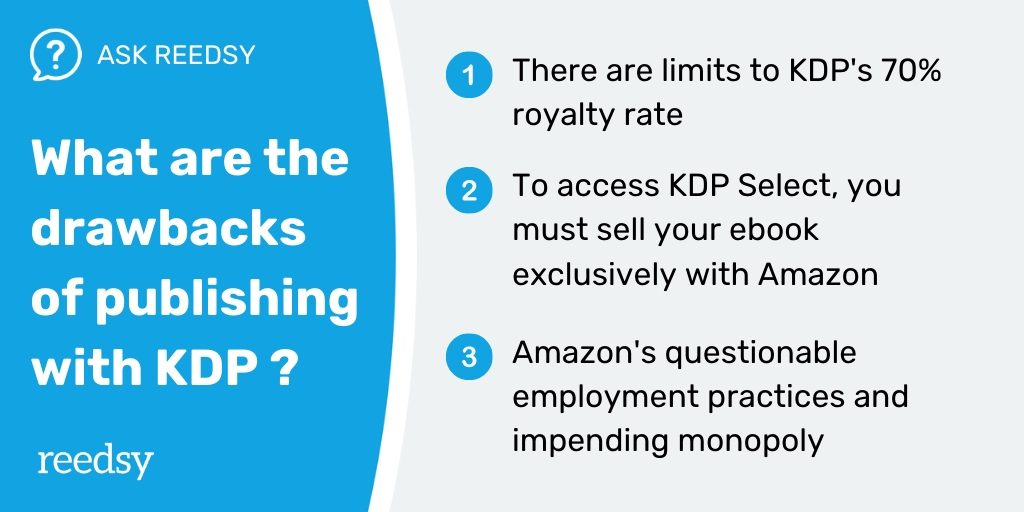
If everything was sunlight and rainbows with KDP, Amazon would have wholly eradicated their competition by now. As it would happen, there are some drawbacks to Kindle Direct Publishing, which have led many authors to avoid putting all their eggs in the Amazon basket .
1. There are limits to KDP’s 70% royalty rate
The biggest top with self-publishing is the royalty rate. Compared to their traditionally published counterparts, indie authors keep significantly more of their book ’ south cover price on each sale. Self-publishing authors expect royalties of around 70 % for ebooks — though, on Amazon, there are limitations to that .
If you price your book above $ 9.99 on Kindle, your royalty rate will suddenly drop to 35 %. This is fine for most authors ( if your ebook costs more than $ 10, you might be doing something faulty ), but if you ’ rhenium selling a box set — where you bundle multiple books into a single merchandise — you ’ ll be penalized. In contrast, Apple Books and Kobo have no such monetary value ceiling .
2. To access KDP Select, you can’t sell your ebook anywhere else
All those delightful marketing tools we mentioned in the last section ( countdown Deals, Kindle Unlimited ) come with strings attached : to enroll in KDP Select, you must sell your ebook entirely through Amazon .
This might sound like no big hand ( after all, most books are sold on Amazon ). however, in countries outside the US and the UK, Kindle ’ sulfur market parcel international relations and security network ’ triiodothyronine as all-consuming. If your drive is to reach the broadest potential hearing of readers, then being tied to Amazon — if alone for the length of a promotion — might be less than ideal .
once again, check out our other article for a more in-depth expression at the pitfalls of KDP Select .
3. You might be hastening the Bezospocalyse
Monopolies are not a good thing for consumers. As Jeff Bezos ’ south empire continues to absorb a greater market share of book sales, retail, web host services, logistics, streaming entertainment, and groceries, we should be concerned about feeding the Amazon beast. however, as people who have tried to buy entirely from humble businesses during the coronavirus pandemic ( and have waited two whole months to get a icky hair clipper ) can attest : using Amazon equitable makes things a lot easier .

“When Jeff saw the breadth of his domain, he wept for there were no more worlds to conquer.”
If you ’ re concerned that by selling through the Kindle store you ’ re conducive to the inevitable Amazon monopoly, you might be right. But you could besides argue that there ’ s no way to make a support as an author without them and that selling through Amazon is a compromise you need to make, or else contend to make a net income. If it helps, focus on the fact that Amazon has created a platform that ’ second disrupted publish and tilted the balance of power aside from ‘ gatekeepers ’ and towards the creatives.
For some, Amazon ’ s patchy record of ethics might not be a dealbreaker — but it is something every writer needs to consider at the very least .
Resources for publishing with KDP
If you ’ re an generator who ’ randomness decided KDP will be your entrance to the excite global of print, what ’ south next ? To help you along the room, here are a few resources you ’ ll need :
- Amazon Author Central: Step-by-step instructions for setting up an author page on KDP.
- Reedsy Book Editor: A free tool to format your book and export them as files that are 100% compatible with Kindle’s ebook and print-on-demand standards
If you’re ready to take the plunge, head on to the next post in this guide, where we’ll show you the nuts and bolts of publishing your book on Amazon KDP.


